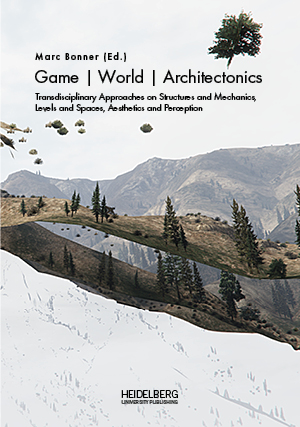Zitationsvorschlag
Lizenz (Kapitel)

Dieses Werk steht unter der Lizenz Creative Commons Namensnennung - Weitergabe unter gleichen Bedingungen 4.0 International.
Identifier (Buch)
Veröffentlicht
Square, Marketplace, Tavern
Contested Spaces in Single-Player Neomedieval Role-Playing Game Cities
Abstract This chapter explores urban spaces in single-player fantasy role-playing games in terms of their nostalgically neomedieval representation, focusing upon the significance of three recurring landmarks—the square, the marketplace, and the tavern—as potentially contested sites. The games chosen for close analysis are Baldur’s Gate (Bioware 1998), The Elder Scrolls V: Skyrim (Bethesda Game Studios 2011), and The Witcher 3: Wild Hunt (CD Projekt Red 2015). We identify three interrelated paths along which we can read the significance of these games’ neomedieval urban spaces. The first is the nostalgic element—manifested, for example, in the evocation of a world structured on a binary rural-urban divide lost in the present-day urban metropolis. The second is their critical capacity to act as interrogations of contemporary power structures. The third point is that containment of these power structures within a neomedieval domain may result in a complacent comfort in our distance from the ‘medieval’ domains in question.
Keywords Neomedieval, fantasy, role-playing games, cities, nostalgia, law, history






